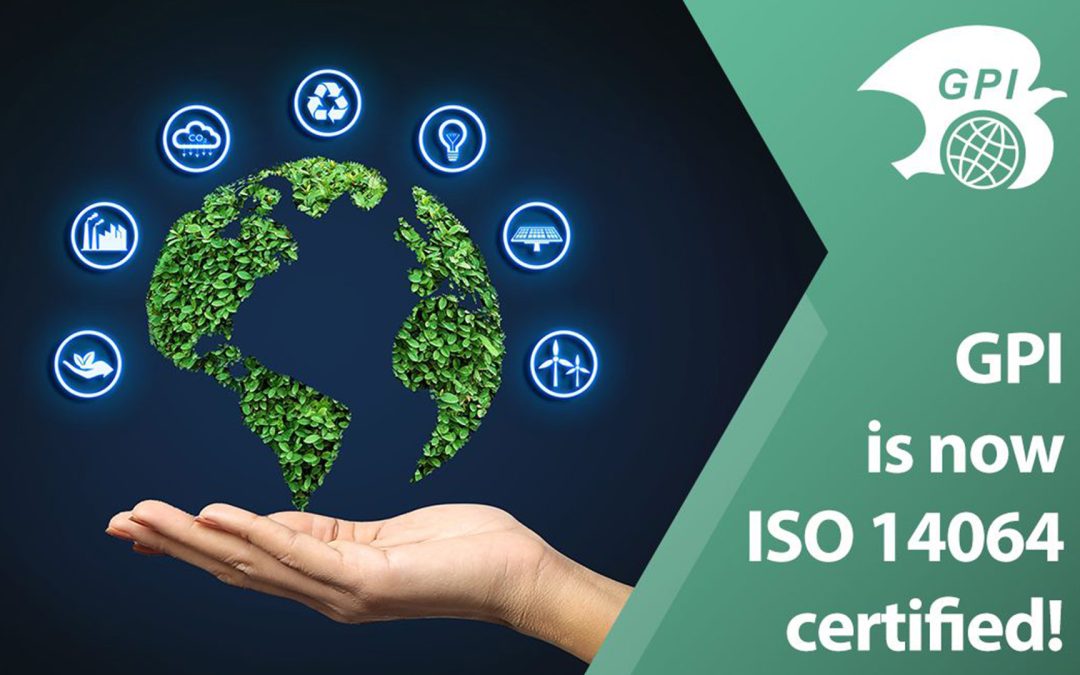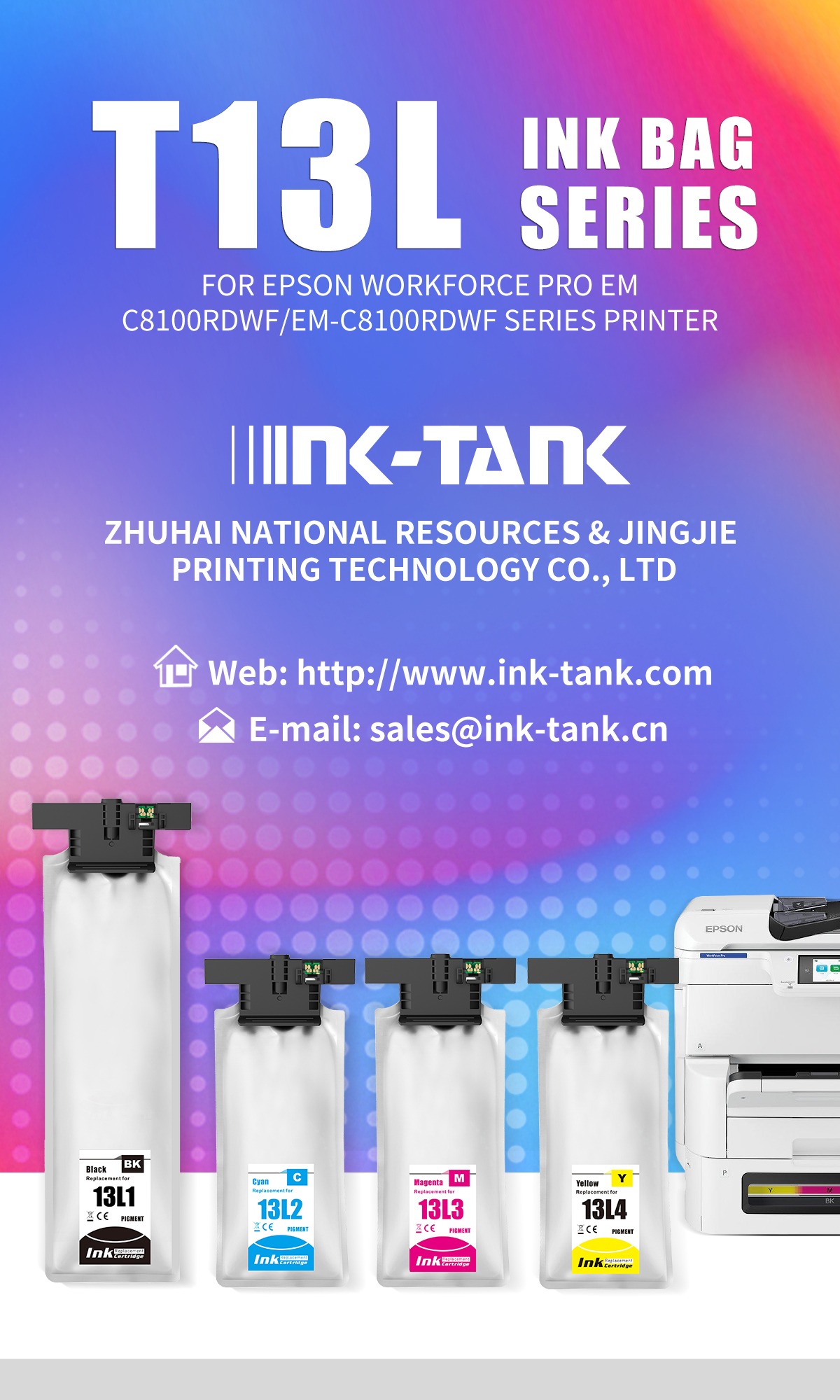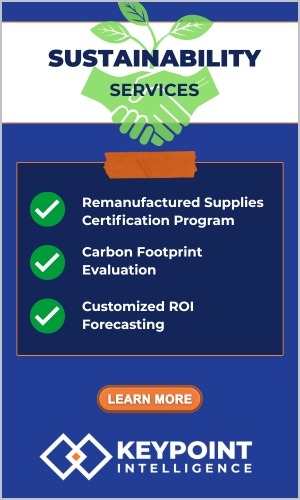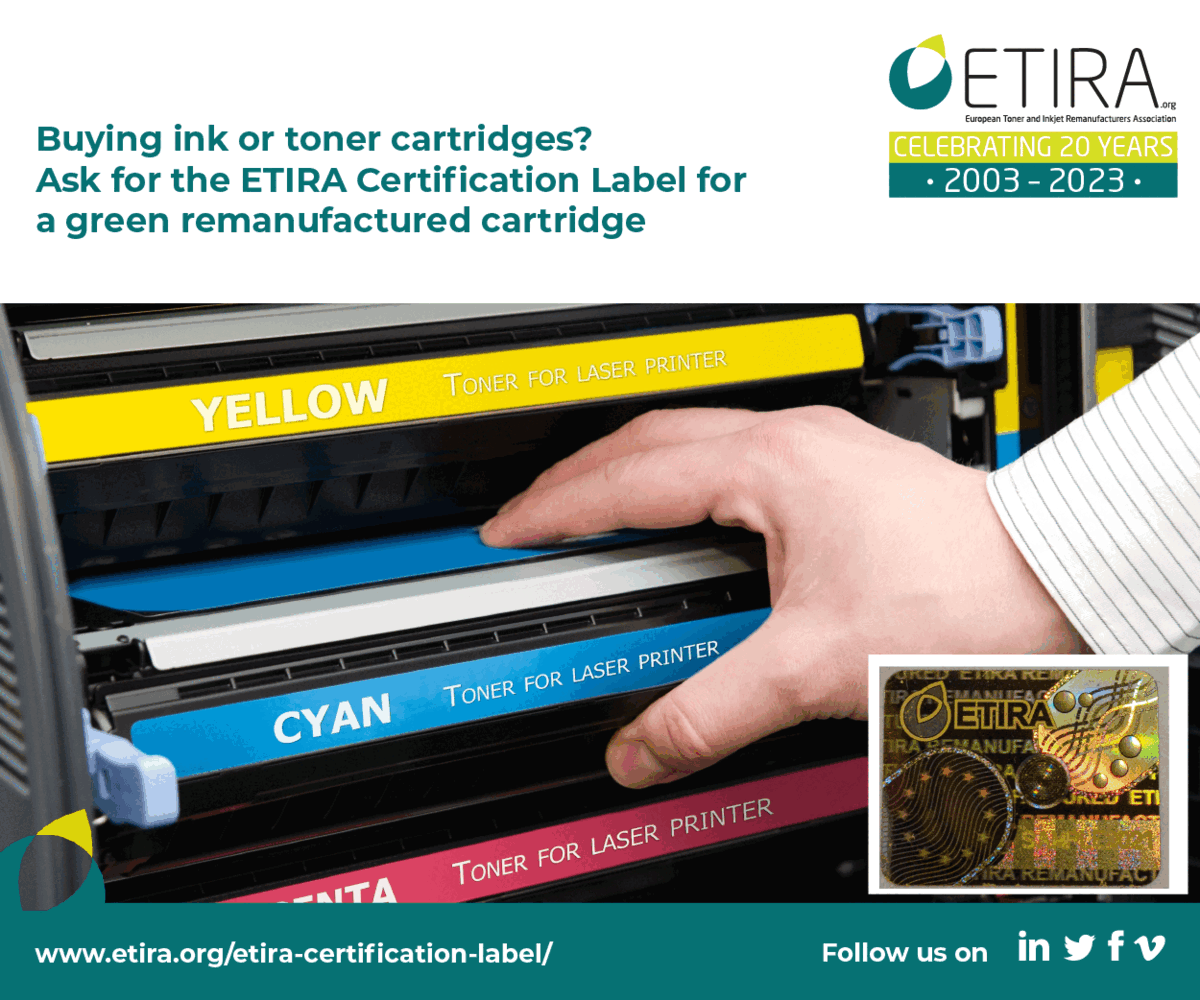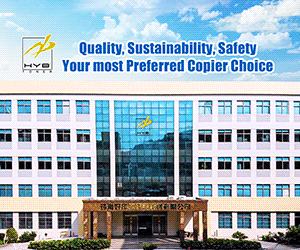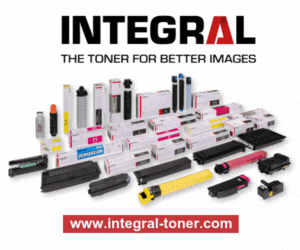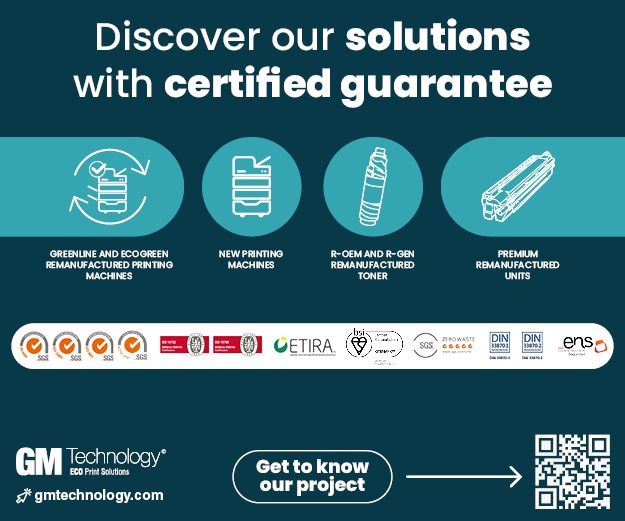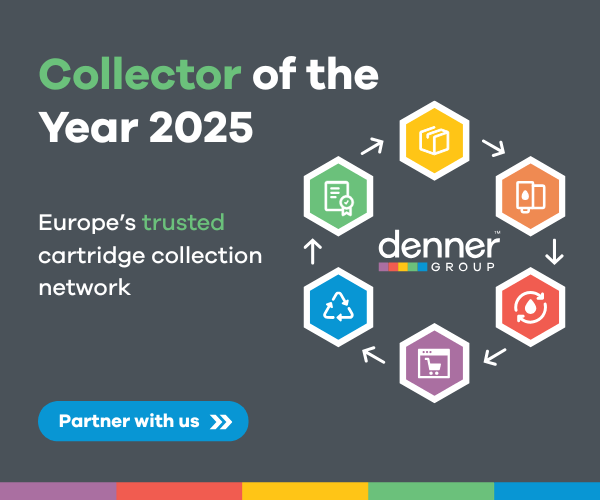 Dutch reseller 123inkt has published an LCA showing its remanufactured cartridges cut climate impact by nearly half, reinforcing wider research that remanufacturing delivers clear environmental benefits.
Dutch reseller 123inkt has published an LCA showing its remanufactured cartridges cut climate impact by nearly half, reinforcing wider research that remanufacturing delivers clear environmental benefits.
Dutch online retailer 123inkt.nl has released a life-cycle analysis (LCA) comparing an OEM HP304XL cartridge with its own remanufactured equivalent. The technical study, based on printing 100 pages at 5% black coverage, indicates a 46.5% reduction in climate impact (GWP). Additional findings include a 95 % reduction in the use of metals and minerals, lower fossil fuel consumption, and reduced air and water pollution.
The company emphasises the quality of its remanufacturing process, offering comprehensive functionality testing, top-quality products, up to 70% cost savings, and a 100% guarantee. In its messaging, 123inkt frames this as part of a circular economy approach, stating: “By choosing a remanufactured cartridge, you actively contribute to a cleaner world and a healthier future.”
Industry research aligns with 123inkt’s findings
Independent studies reinforce the environmental advantage of remanufacturing compared with new-production cartridges:
- A Centre for Remanufacturing and Reuse (CRR) study (2011) found that remanufactured toner cartridges have a 46 % lower carbon footprint than new cartridges.
- A Cartridge World UK-commissioned study (2005), conducted by the CRR, reported that remanufacturing saves approximately 2 kg of CO₂ per cartridge, representing a 46% reduction. The estimated footprint was 2.8 kg CO₂ for remanufactured units versus 4.4 kg for new ones.
- A comparative footprint analysis of HP21/22 inkjet cartridges (2010) found that remanufacturing reduces carbon impact by approximately 33% (excluding the use phase), with 0.384 kg CO₂eq for remanufactured cartridges versus 0.573 kg CO₂eq for new ones.
- A 2008 study by UK consultancy Xanfeon Ltd. for the UK Cartridge Remanufacturers Association (UKCRA) reported an 86 % lower environmental impact for remanufactured toner cartridges compared to new ones. The report noted that the cleaner electricity mix in the UK at that time influenced the results.
Together, these studies consistently mirror 123inkt’s own ~46% reduction claim and bolster the broader environmental case for remanufacturing.
Commentary: The use of LCA metrics allows 123inkt to substantiate its marketing with quantifiable environmental benefits. The consistency between its findings and those from other independent research strengthens the credibility of its claims. For remanufacturing resellers, this illustrates how robust, science-based approaches can be used to compete with OEM narratives that favour collection or new-production models.
By linking measurable GWP reductions with tangible cost savings and quality assurances, 123inkt effectively speaks to both sustainability-minded and value-focused consumers. The clear positioning of its reman option as a “simple choice with big impact” underlines the dual advantage: ecological and economic.



